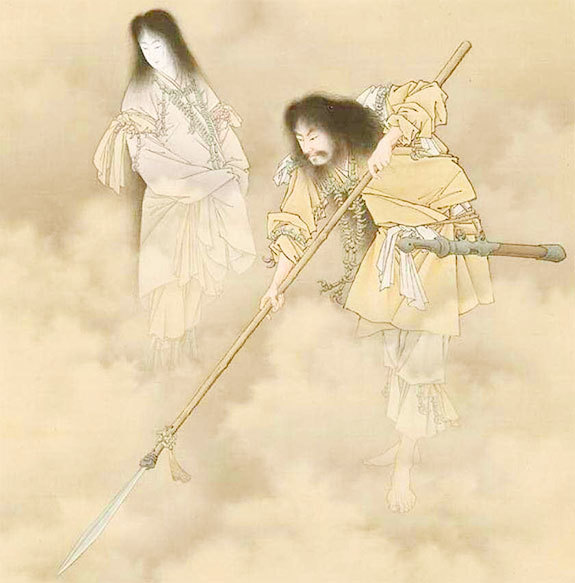What is a Jinjya(shrine)?

A “jinja” is a sacred space, the seat of one or more kami.
The many kami are awe-inspiring, standing out from the normal and the everyday,
and this is what makes them kami. Different jinja honour different kami, often more
than one, in different combinations, and different aspects of the same kami are often
emphasised at different jinja. The kami themselves are very diverse: some are figures
from the ancient myths of Japan, others are historical figures, and still others are
closely associated with natural features such as mountains or rivers.
The oldest jinja were established well over one thousand years ago, and new
ones are still being founded today. A jinja exists to enable priests to serve the kami
through a daily and annual cycle of rites called “matsuri”, and other people visit to
participate in those rites, to make requests of the kami, to give thanks for blessings
received, or simply to pay their respects.
You are welcome to join them, whatever your nationality, age, sex, race, or religion.
The place where the kami is present is particularly sacred, and in many cases
visitors to the jinja may not enter that area, or sometimes even see it. At many jinja,
this is a building called the “honden”, or main sanctuary, but at some jinja the kami
inhabits a hill, mountain, island, or waterfall, or an area of woodland in the precincts.
Jinja are as varied as the kami they venerate, and nothing in this booklet is true of
every jinja. It describes features common to most jinja, and ways to pay your respects
that are acceptable almost everywhere. However, if priests at a particular jinja ask
you to do things differently there, then you should follow their instructions.
Quoted from the JINJYA HONCHO website
Hi, this is a comment.
To get started with moderating, editing, and deleting comments, please visit the Comments screen in the dashboard.
Commenter avatars come from Gravatar.